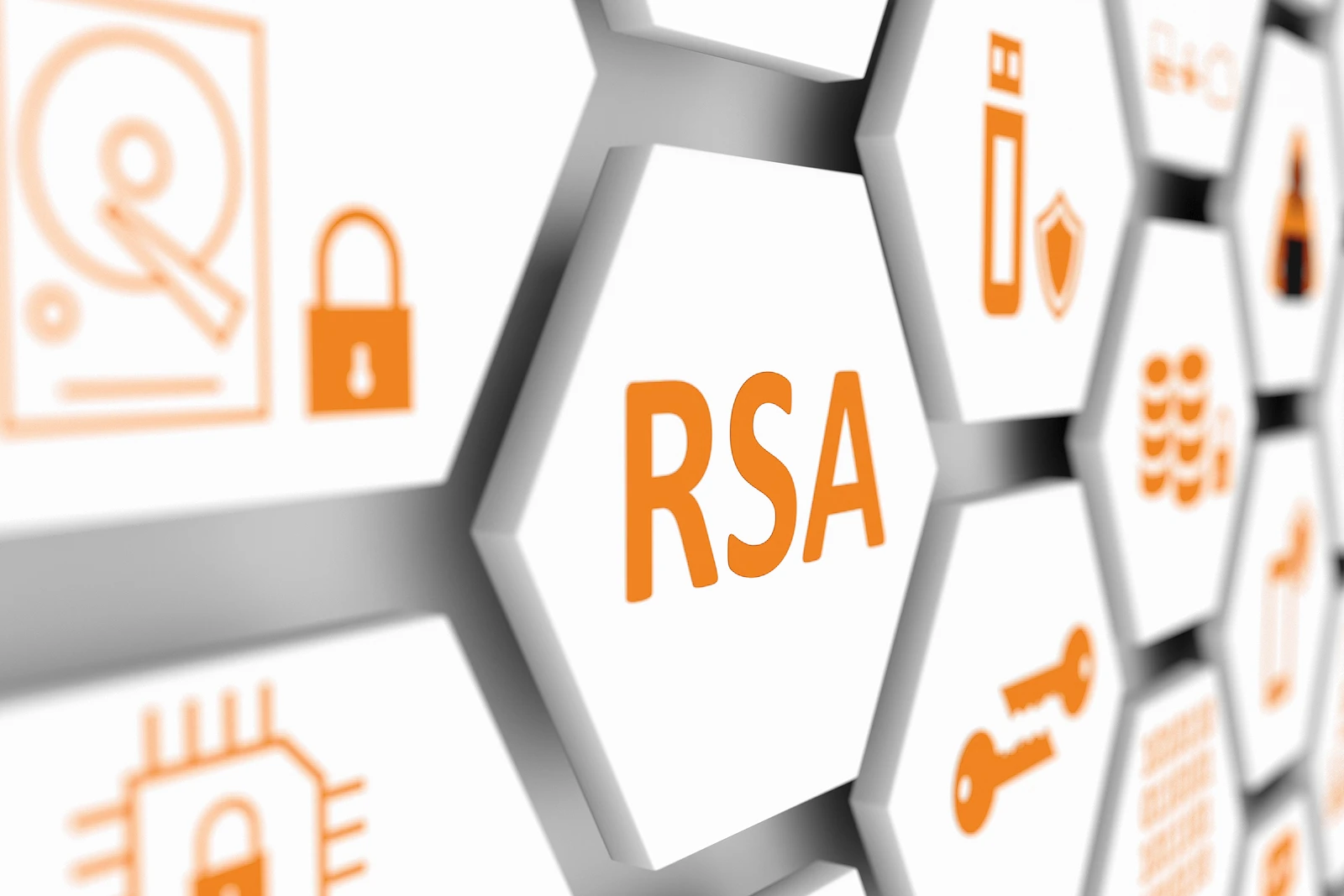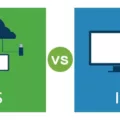In the world of digital security, RSA encryption is an invaluable asset. Developed by the well-known cryptographers Ron Rivest, Adi Shamir, and Leonard Adleman in 1977, RSA encryption has become one of the most widely used methods to secure data.
RSA stands for Rivest-Shamir-Adleman, named after its inventors. It is a type of public key cryptography that relies on two keys—a public key and a private key—to encrypt and decrypt data. The public key is used to encrypt a message and the private key is used to decrypt it. This system prevents anyone from being able to access the original content without knowledge of both keys.
The beauty of RSA encryption lies in its ability to secure transmitted information from any third party who may intercept it. With RSA encryption, data can be sent securely over networks such as the internet or through email without worrying about hackers or other malicious actors gaining access to your information. Furthermore, because RSA uses two different keys for encryption and decryption, there is no need for you to share your private key with anyone else in order for them to receive your message.
However, it’s important to note that while RSA encryption is extremely secure, it is not unbreakable. Over time, various methods have been developed which can be used to crack the algorithm. These include finding the greatest common divisor of two public keys and using an advanced encryption standard (AES) cipher text method instead of DES (Data Encryption Standard) or RSA algorithms [6].
Despite this fact, however, RSA remains one of the most popular methods for data encryption due to its robustness and wide availability across different platforms and operating systems. If you’re looking for a way to securely send sensitive information over networks or through email then consider using RSA encryption – it could be just what you need!

Understanding RSA Encryption
RSA encryption is a type of public-key cryptography that is widely used to protect data and digital transactions over the internet. It was developed in 1977 by three researchers, Ron Rivest, Adi Shamir, and Len Adleman, who are credited with its invention.
The RSA algorithm works by creating two large prime numbers, a private and public key. The public key is made available to anyone who needs to send messages securely and the private key is kept secret by the recipient. When someone sends a message to the recipient, they use the public key to encrypt it into an unreadable format. The recipient then uses their private key to decrypt it and read it.
This makes RSA encryption one of the most secure forms of data encryption as only the person who holds the private key can decrypt messages encrypted with the corresponding public key. This also means that no one else can intercept or tamper with messages sent using RSA encryption without having access to this private key, making it virtually impossible for any third-party malicious actors to gain access to sensitive data or communications.
Is RSA Encryption Unbreakable?
No, RSA encryption is not unbreakable. In fact, there have been a number of methods developed to crack the RSA algorithm over the years. The most common approach is to use an algorithm to factor the two prime numbers used to generate the keys and reveal their decryption key. Another attack uses the greatest common divisor of the two public keys to bypass encryption altogether. Additionally, techniques such as mathematical analysis of the algorithm or brute force attacks can also be used to break RSA encryption.
Comparing RSA and AES: Which is Better?
The answer to this question depends on what criteria you are using to compare the two encryption algorithms. Both AES and RSA are widely used and secure encryption methods, but they have different strengths and weaknesses.
AES is a symmetric key algorithm, meaning that the same key is used for both encryption and decryption. The advantage of this type of encryption is that it is generally faster than the other type of algorithm, asymmetric key (RSA). Furthermore, AES has a variable key length which can range from 128-bit to 256-bit, making it more difficult for attackers to guess the key. However, since it uses the same key for both encryption and decryption, there can be security risks if the key becomes compromised.
On the other hand, RSA is an asymmetric key algorithm that uses two different keys – one for encryption and one for decryption. This makes it more secure than AES as there is no risk of a single point of failure. Furthermore, RSA also allows for digital signing which adds an additional layer of security by verifying the authenticity of data messages sent over a network. The downside to RSA however is that it is slower than AES due to its more complex mathematical calculations required for encryption and decryption.
In conclusion, both algorithms have their own advantages and disadvantages depending on the application or environment in which they are used. Therefore it cannot be definitively said that one algorithm is better than the other – rather it depends on your specific needs when choosing an appropriate encryption method.
Understanding the RSA Algorithm and Its Working Process
The RSA algorithm is an asymmetric cryptographic algorithm used for secure data transmission. It is the most widely used public key encryption scheme in the world and is based on the mathematical concept of prime factorization. It works by using two large prime numbers to generate a public and private key pair. The public key can be shared with anyone, while the private key must remain secret.
To encrypt a message, the sender first needs to obtain the recipient’s public key. Then, they use this key to encrypt their plaintext message into a ciphertext message that can only be decrypted with the corresponding private key. The encrypted message is then sent to the recipient who uses their private key to decrypt the ciphertext back into its original plaintext form.
RSA is considered secure because it’s extremely difficult (computationally infeasible) to determine a user’s private key from their public key, as this requires factoring in very large numbers that are derived from both keys. This makes it virtually impossible for an attacker to decrypt sensitive information without access to the private key.
The Difficulty of Breaking RSA Encryption
RSA is a type of public-key cryptosystem, which means that it relies on two different, but related keys. One of these keys is made public, while the other remains secret. To encrypt data with RSA and make sure it stays secure, the public key must be difficult to guess or break. This is why RSA is hard to break – because the private key is extremely difficult to determine from the publicly available information.
The difficulty in cracking RSA lies in factoring large prime numbers into their component parts. The larger the size of these prime numbers, the more difficult it becomes to factor them and thus break the encryption. This makes RSA one of the strongest public-key cryptosystems available today as long as its keys are kept secure and are of sufficient size (in terms of bits).
Using RSA for Authentication
RSA is a popular public-key cryptography algorithm used for authentication and digital signatures. It is based on the difficulty of factoring large numbers, making it difficult for an attacker to gain access to the private key even if they have the public key. RSA authentication works by using a pair of cryptographic keys – one public and one private. The public key is used to encrypt data that only the private key can decrypt and vice versa.
In order to authenticate a user, the server sends out a challenge message encrypted with the RSA public key. The user must use their own private key to decrypt this message, revealing the challenge string that was sent. The user then encrypts this response with their own RSA public key and sends it back to the server. The server then checks that this response matches what it expected by decrypting the response with its own RSA private key. If it matches, then the server knows that only someone with access to the appropriate private key could have responded, meaning that they must be who they say they are.
Example of RSA Encryption
RSA (Rivest-Shamir-Adleman) is a public-key cryptography algorithm used to secure data transmissions. It uses two large prime numbers to generate an encryption key that can be used to encrypt and decrypt data. As an example, let’s say we want to generate an RSA key pair with a modulus of 119. This modulus can be calculated by multiplying two prime numbers, such as 7 and 17. The encryption key generated from this modulus will be used to encrypt and decrypt messages. To do this, we must first select two distinct prime numbers, E and D, such that none of their factors are 2 or 3. For example, if E is 5 and D is 29 then the encryption key would be (5, 119, 29). This means that any message encrypted using this key will only be able to be decrypted using the same key.
RSA Encryption and Decryption
RSA encryption and decryption are based on the use of two keys – a public key, which is shared with everyone, and a private key, which is kept secret by its owner. The public key is used to encrypt data before it is sent, while the private key is used to decrypt data after it has been received.
To encrypt data using RSA, the sender first generates a pair of keys: a public key and a private key. The sender then uses the public key to encrypt their data and sends it to the receiver. The receiver can then use their own private key to decrypt the encrypted data.
Similarly, to decrypt data using RSA, the receiver first uses their own private key to decrypt the encrypted data they have received from the sender. Once they have decrypted this information, they can now use the sender’s public key to authenticate that the message came from them. This ensures that no one else can read or modify the message during transmission.
Conclusion
In conclusion, RSA encryption is a widely used public-key cryptography system for data encryption of e-mail and other digital transactions over the Internet. Although it is not unbreakable, there are various methods to crack the RSA algorithm. AES has been found to be a more secure cryptographic method than both DES and RSA, providing stronger security and faster speeds. The RSA algorithm uses two different keys – a public key which is shared publicly and a private key which must remain secret. This ensures that confidential information is kept safe from malicious actors.








